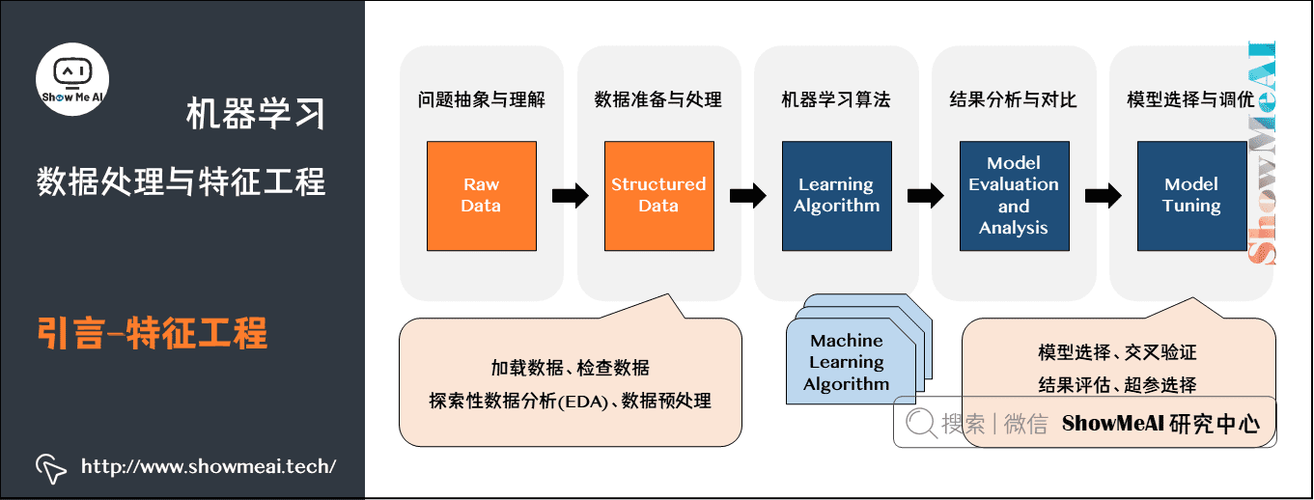决策树模型评估:剪枝与分支对模型影响全解


1. 决策树模型的基本原理与评估指标
决策树模型是一种基础的机器学习算法,通过从数据集中归纳出一系列的判断规则,最终形成一棵树状结构模型,用于分类或回归任务。其核心思想是利用信息论中的概念,以尽可能纯净的分割数据集,提高模型的预测能力。
信息增益与熵
信息增益是指数据集的不确定性减少的程度。在决策树中,熵是衡量数据混乱程度的指标。具体来说,一个数据集的熵越高,说明这个数据集越混乱,不确定性越大。选择使得数据集熵降低最多的特征进行分裂,是构建决策树常用的方法之一。
基尼不纯度和分类误差
基尼不纯度是衡量数据集不纯程度的一个指标,与熵类似,基尼不纯度越低,则意味着数据集的分裂效果越好。在二分类问题中,基尼不纯度与分类误差有直接联系,即基尼不纯度越小,分类误差也越小,因此在决策树中也经常被用作分割标准。
决策树模型在训练完成后,评估模型的性能主要通过以下几个指标:准确率、召回率、F1分数等。其中,准确率是模型预测正确的样本数占总样本数的比例,召回率是模型预测为正类的样本中实际为正类的样本数所占的比例。F1分数是准确率与召回率的调和平均值,是一种综合考虑了两者平衡的评价指标。
在构建和训练决策树模型的过程中,我们将会在第二章深入探讨这些概念及其背后的算法细节,并介绍如何将它们应用于实际的数据集。
2. 决策树的构建与训练过程
2.1 决策树算法概述
2.1.1 信息增益与熵
信息增益是决策树算法中常用的评估标准之一,它衡量的是一个特征对于样本类别划分所带来的不确定性减少的程度。信息增益越大,表示该特征对于分类结果的贡献越大,也就越能提升决策树的性能。
熵是度量样本集合纯度最常用的一种指标,它用来描述样本集合的混乱程度。熵的公式可以表示为:
[ H(Y) = -\sum_{i=1}^{n} p_i \cdot \log_2(p_i) ]
其中,( H(Y) )是熵,( p_i )是第i个类别的概率,( n )是类别的总数。熵越小,表示数据集的纯度越高。
在决策树的构建过程中,算法会计算每个特征的信息增益,选择信息增益最大的特征作为当前节点的划分标准。这样的方法有助于快速降低数据集的不确定性,使决策树的分支更有效地进行分类。
2.1.2 基尼不纯度和分类误差
基尼不纯度是另一种在决策树算法中使用的评估标准。它通过度量从数据集中随机选取两个样本,其类别标签不一致的概率来衡量数据集的不纯度。基尼不纯度的计算公式为:
[ Gini(p) = 1 - \sum_{i=1}^{n} p_i^2 ]
其中,( p_i )代表第i个类别的概率,( n )是类别的总数。基尼不纯度越小,表示数据集的纯度越高。
基尼不纯度与信息增益相比,计算上更为简单快捷,且在实际应用中表现出色,因此许多决策树算法(如CART算法)会选择基尼不纯度作为分裂标准。
2.2 决策树的生长策略
2.2.1 树的分裂标准
决策树的生长策略中,分裂标准是核心。它决定了如何选择最佳的特征和相应的切分点来创建决策节点。在分类任务中,常见的分裂标准有信息增益、基尼不纯度、加权基尼不纯度、分类误差等。
选择分裂标准通常考虑几个因素:计算效率、分类性能和对数据集噪音的鲁棒性。比如,信息增益倾向于选择具有更多类别标签的特征,可能导致过拟合;而基尼不纯度在实践中常常作为更快速的选择。
下面是一个简单的例子说明如何使用信息增益来选择特征进行分裂:
假设有一个数据集 ( D ),包含以下四个样本:
- 样本, X1, X2, Y
- 1, 1, 0, Yes
- 2, 0, 1, Yes
- 3, 0, 0, No
- 4, 1, 1, No
使用信息增益计算分裂前的熵 ( H(D) ),然后计算以每个特征 ( X1 ) 和 ( X2 ) 分裂后的熵 ( H(D|X1) ) 和 ( H(D|X2) )。选择熵降低最多的特征进行分裂。
- # 示例代码:计算信息增益
- def entropy(data):
- # 计算熵的代码逻辑
- pass
- # 计算数据集D的熵
- H_D = entropy(D)
- # 计算以特征X1和X2分裂后的熵
- H_D_X1 = entropy(D[X1])
- H_D_X2 = entropy(D[X2])
- # 计算信息增益
- IG_X1 = H_D - H_D_X1
- IG_X2 = H_D - H_D_X2
- # 选择信息增益最大的特征进行分裂
- best_feature = 'X1' if IG_X1 > IG_X2 else 'X2'
2.2.2 树的最大深度与最小样本分割
决策树在构建时会遇到的最大深度和最小样本分割数的设定,这些参数控制了树的复杂度和对数据的拟合程度。
最大深度是树可以达到的最大层数,它限制了树的生长深度。设置最大深度可以避免树变得过深而发生过拟合,因为过深的树可能会捕捉到数据中的噪声。
最小样本分割是指每个节点在进行分裂时所要求的最小样本数。如果一个节点中的样本数小于这个值,那么节点就不会再进行进一步的分裂。
下面是一个设置最大深度的伪代码示例:
- # 伪代码:设置决策树的最大深度
- max_depth = 5 # 可以根据实际情况进行调整
- def build_tree(data, depth):
- if depth >= max_depth or node满足停止条件:
- return make_decision(data) # 制作决策节点
- else:
- best_feature = select_best_feature(data) # 选择最佳特征
- left_child = build_tree(left_data, depth + 1) # 构建左子树
- right_child = build_tree(right_data, depth + 1) # 构建右子树
- return TreeNode(best_feature, left_child, right_child) # 返回树节点
- root = build_tree(training_data, 0)
2.2.3 多变量决策树和特征选择
多变量决策树是一个重要的概念,它允许节点分裂基于特征组合而不是单个特征。这使得模型能够捕捉到特征之间的交互作用,提高分类的准确性。然而,多变量决策树的构建时间会显著增加,并且需要更复杂的算法支持。
特征选择则是指在训练决策树之前,从原始数据集中选择最有用的特征。良好的特征选择可以减少模型复杂度,减





